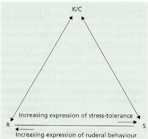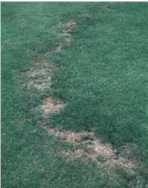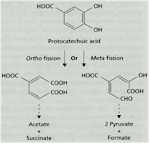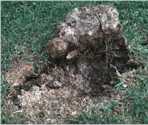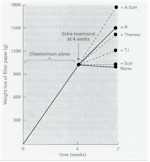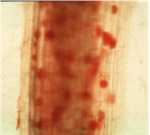..
CHAPTER 11: FUNGAL ECOLOGY - SAPROTROPHS This chapter is divided into the following major sections: a
theoretical model: the concept of life-history strategies
SAMPLE TEXT: The importance of fungi in ecosystem processes is undeniable. Fungi are the main agents of decomposition in many terrestrial and aquatic environments. They are particularly important in the breakdown and recycling of cellulose and hemicelluloses, which together account for nearly 70% of all the plant wall material that is recycled annually. In addition, fungi have a unique role in degrading woody substrates, which contain cellulose intimately complexed with lignin (lignocellulose). And, fungi degrade many other natural and man-made materials, causing serious economic losses. In previous chapters we dealt with the physiology, growth, genetics and dispersal of fungi – the basis for understanding fungal ecology. But when we turn to fungi in natural environments we face a major problem, because natural communities are extremely complex: they contain many types of substrate, interacting species, and microhabitats. Therefore, at a practical level we need to find well-defined communities that can be dissected to provide key insights into fungal behaviour. We will do this by focusing on a few natural ‘model’ systems that have been well-researched - the leaf zone, leaf litter, the root zone, self-heating composts, and wood decay. The principles derived from these natural model systems apply more generally across the fungal kingdom. We will also explore the biochemical and molecular toolbox that enables us to track and identify fungi in complex natural materials.
|
|||||||||||||||||||||||||

